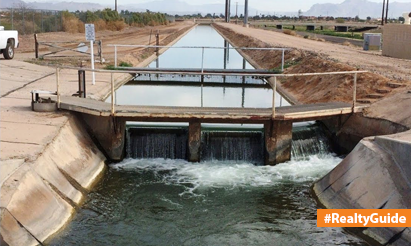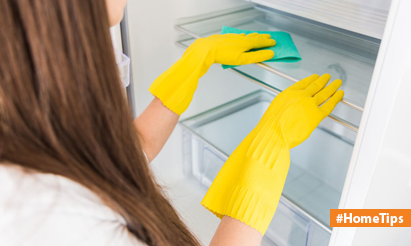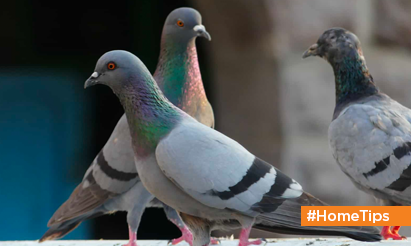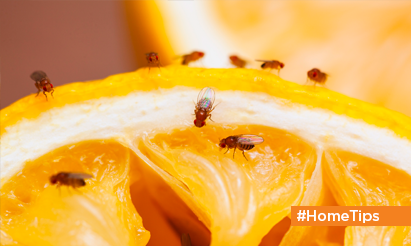How To Get Rid Of Pigeons Forever?
How to get rid of pigeons from rooftops, verandas, and industrial facilities is one of the most commonly requested pigeon-related issues. Pigeons are an annoyance at best and a potential hazard at worst. Pigeon faeces are caustic and may eat through steel and even concrete, depending on the substance.
Pigeon-Related Issues
Hemolytic anaemia, cryptococcosis, and psittacosis are among the diseases conveyed by pigeon droppings. People with specific illnesses, including such asthma or poor immune systems, are more vulnerable to these illnesses.
Food contamination: Pigeons in rural or agricultural regions can contaminate food for farm animals and human nutrition.
Noxious harm to the building: Pigeon faeces is very acidic and, in addition to being treacherous, may damage structures, siding, flora, and gardens.
Drainage and gutters are clogged: Pigeon nests in gutters or downspouts can create floods and other issues.
Fire danger: Pigeon nests that obstruct chimneys or flues can generate a major build-up of hazardous gases, increasing the risk of a fire.
How can you get rid of pigeons on your balcony?
Wires: Use a completely made or stainless-steel wire to deter pigeons from perching on railings.
Shock track: Several companies provide a “shock track” technology to prevent birds off balconies. The electric circuit does not damage the bird, but it excites it sufficiently to make the intended nestling place undesirable.
Netting: A netting system may be used to physically keep birds off your balcony. This is the costliest method, but it is entirely effective if correctly placed. In recent versions, the netting is nearly unnoticeable.
Either sound or reflected light: The most efficient approach to keep pigeons away from your patio, terrace, or balcony is to utilise either sound or reflected light. A wind chime, Mylar balloon, aluminium foil pans, or even hanging CDs can be used to do this. Uncertainty is caused by the backscattered.
Rubber snake or plastic owl: Scarecrows (also known as “effigies”) can be made out of a rubber snake or a plastic owl. The most popular example is a plastic owl or a rubber snake. Regrettably, the impacts will probably definitely be fleeting. The birds learn to associate the effigy with something safe.
Spikes: Place anti-perching spikes in areas where birds like to rest. Spikes work well in limited regions with the purpose of relocating birds. They are offered in a variety of materials, including plastic and stainless steel.
Gel repellents: Gel repellents can be put on ledges where pigeons nest. The gel provides a sticky surface that the birds will want to avoid. However, dirt and dust accumulate and necessitate reapplication.
How can you get rid of pigeons on your roof?
- Use a wire coil or stainless-steel wire to deter pigeons from nestling on the ridge (s).
- A “shock track” technology might deter birds from landing on roofs.
- Wire or netting is ideal for a roof design with nooks. Nets can also be used in situations where pigeons can make nests.
- Solar panels offer excellent protection for pigeons. Metal grid netting is the most appropriate method since it inhibits bird access.
- Flat commercial roofs create special issues. The first idea is to electrify the parapet perching zones. The second approach is to install basic spikes.
- Remember that pigeons appreciate the ease of HVAC systems. As a remedy, contemplate netting these components.
Disclaimer: The views expressed above are for informational purposes only based on industry reports and related news stories. PropertyPistol does not guarantee the accuracy, completeness, or reliability of the information and shall not be held responsible for any action taken based on the published information.




